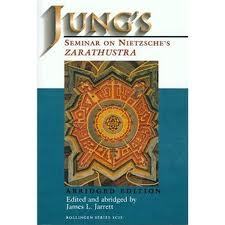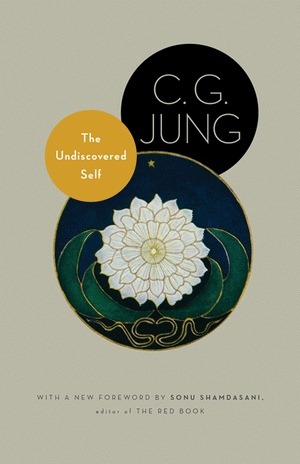- “Learning Psychotherapy” - Hilda Bruch, M.D.
- “Science of the Soul: A Jungian Perspective” - Edward Edinger, M.D.
- “Power in the Helping Professions” - Adolph Guggenbühl-Craig, M.D.
- “Psychoanalytic Therapy” - Karen Horney, M.D.
- “Jungian Perspective on Clinical Supervision” - Paul Kugler, Ph.D., Editor
- “Applied Dream Analysis" by Mary Ann Mattoon, Ph.D.
- “Jungian Psychology after Jung” by Mary Ann Mattoon, Ph.D.
- “The Art of Psychotherapy” - Anthony Storr, M.D.
- “Profession and Vocation” - Marie-Louise von Franz, Ph.D.
- “Practical Jung: Nuts and Bolts of Jungian Psychotherapy” - Harry Wilmer, M.D.
http://www.jungboulder.org/training.html
via Tumblr http://bit.ly/2DssUDD





 RSS Feed
RSS Feed
